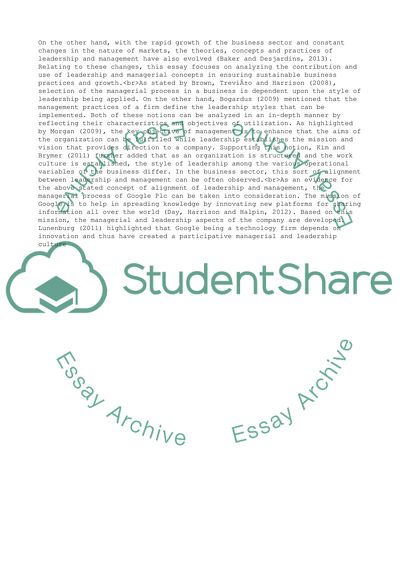Cite this document
(“Relationship(s) between leadership and management 311 Essay”, n.d.)
Relationship(s) between leadership and management 311 Essay. Retrieved from https://studentshare.org/management/1663961-relationships-between-leadership-and-management-311
Relationship(s) between leadership and management 311 Essay. Retrieved from https://studentshare.org/management/1663961-relationships-between-leadership-and-management-311
(Relationship(s) Between Leadership and Management 311 Essay)
Relationship(s) Between Leadership and Management 311 Essay. https://studentshare.org/management/1663961-relationships-between-leadership-and-management-311.
Relationship(s) Between Leadership and Management 311 Essay. https://studentshare.org/management/1663961-relationships-between-leadership-and-management-311.
“Relationship(s) Between Leadership and Management 311 Essay”, n.d. https://studentshare.org/management/1663961-relationships-between-leadership-and-management-311.


